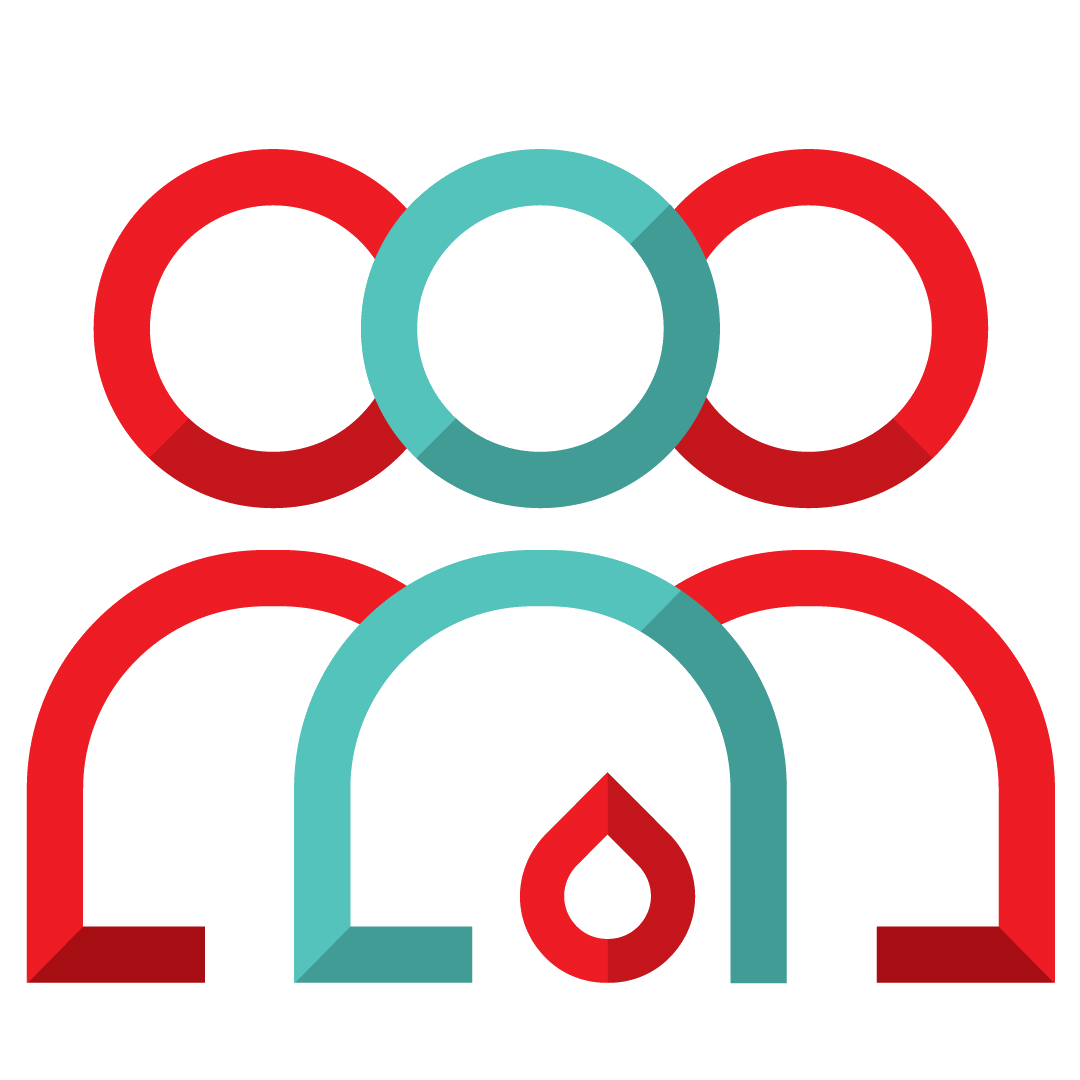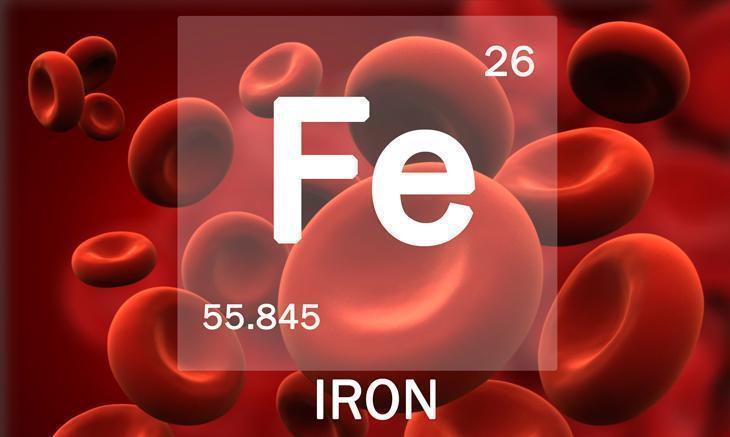Welcome to 2020! Take a look back with us by checking out the five most visited R.E.D. blog posts in 2019.

1. The ABCs of ABO blood types
In the early days of transfusion medicine, doctors gave patients all sorts of different fluids, including blood or milk from animals. Success varied, and the results were often disastrous—even when they used human blood. It wasn’t until the start of the 20th century that physicians learned the ABCs of the ABO blood types and finally understood how to give a successful transfusion.

2. Ferritin findings: investigating iron and impacts on donors
The health and well-being of our donors is a top priority at Canadian Blood Services. Health screening, education and donor testing help to ensure donors are healthy enough to give and that their gift doesn’t cause harm to themselves or to patients. If a problem is detected, we let donors know and advise to them to take action.
3. Dr. Chantale Pambrun explains the importance of iron wellness
Iron is an essential element for producing hemoglobin (the molecule that helps transport oxygen around your body). Back in 2017, we made changes to donor eligibility based on new information our researchers learned about mitigating iron deficiency in blood donors.
In this post, Centre for Innovation director Dr. Chantale Pambrun, who was at the time medical consultant, donor and clinical services with Canadian Blood Services, explains why we made changes, and provides some more information about why donor iron wellness is important.

4. Cord blood matters - take time to learn more
Cord blood stem cells can be used in the treatment of more than 80 different diseases and disorders. By donating their baby’s cord blood, parents have the power to help patients living with diseases such as leukemia, lymphoma, aplastic anemia, and sickle cell disease. Researchers continue to explore the possibilities of using cord blood in many other treatments.
At any given time, there are hundreds of Canadian patients searching for an unrelated stem cell donor. Cord blood might just be the chance they need.
5. Why do scientists use mice in medical research?
Mice fill a special and important role in medical research. Like humans, mice are mammals, and their bodies undergo many similar processes, such as ageing, and have similar immune responses to infection and disease. Their hormone (endocrine) systems are a lot like ours, too. They’re also one of the first species — along with humans — to have had their complete genome sequenced. From this, we’ve learned they share approximately 80 per cent of their genes with us.
Canadian Blood Services – Driving world-class innovation
Through discovery, development and applied research, Canadian Blood Services drives world-class innovation in blood transfusion, cellular therapy and transplantation—bringing clarity and insight to an increasingly complex healthcare future. Our dedicated research team and extended network of partners engage in exploratory and applied research to create new knowledge, inform and enhance best practices, contribute to the development of new services and technologies, and build capacity through training and collaboration. Find out more about our research impact.
The opinions reflected in this post are those of the author and do not necessarily reflect the opinions of Canadian Blood Services nor do they reflect the views of Health Canada or any other funding agency.
Related blog posts
As the year comes to a close and 2019 is set to begin, we take a moment to reflect on the 2018 articles that were among the most popular.
It's hard to believe that 2017 is almost over. As we prepare for 2018, we take a look back on our most-read research, education and discovery stories from the past year. #5 Encouraging meaningful careers in STEM – Part 1 To encourage more young people to consider careers in science, technology...
Drinking the blood of the young, and thereby somehow capturing their youth, is a common literary trope. The ghoulish notion speaks to our cultural fascination with youth, but also to our dread of aging. There’s no evidence-based therapy using the blood of young people to counteract or prevent the...


